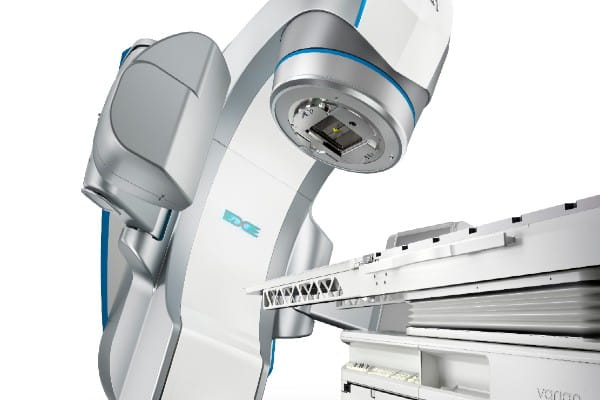Osteoporosis Overview
What are osteoporosis and vertebral fractures?
Osteoporosis is a condition in which bones become weak, thin and brittle due to the body’s inability to keep up with the need to make new bone. As a result, fractures can occur with minimal stress, such as bending over to tie one’s shoes.Who gets it and when?
Vertebral fractures due to osteoporosis can impact anyone, but postmenopausal women and smokers are at higher risk. Those with diets low in dairy intake also carry a higher risk.What causes osteoporosis
What are the causes and risk factors of osteoporosis and vertebral fractures?
In addition to being postmenopausal for women, a poor diet and lack of weight-bearing exercise can also increase a person’s chance of developing osteoporosis. Individuals with a history of cancer carry a higher risk of osteoporosis.Osteoporosis Symptoms
What are the signs and symptoms of osteoporosis and vertebral fractures?
Someone with osteoporosis and vertebral fractures may experience:
- Pain
- Loss of overall height
- Stooped posture(kyphosis)
Diagnosing osteoporosis
How are osteoporosis and vertebral fractures diagnosed?
To diagnose osteoporosis and related vertebral fractures, your provider will evaluate your medical history and conduct a physical exam. Diagnostic imaging may include an X-ray, DEXA scan or Bone density testing.
Osteoporosis Treatment
How are osteoporosis and vertebral fractures treated?
Vertebral fractures often heal within a few months on their own, but the bone will not return to its original shape. The following treatment options may be considered.
Medical
In some situations, a back brace may be necessary during the healing process. To relieve symptoms, medications used include over-the-counter NSAIDs, such as Tylenol, ibuprofen (Advil/Motrin) and naproxen (Aleve, Naprosyn), as well as prescription-level anti-inflammatories/NSAIDs.
To combat osteoporosis, regular weight-bearing exercise and a diet rich in Vitamin D and calcium are recommended. When appropriate, medications directed at bone regeneration can be prescribed to help slow the rate of bone breakdown and/or speed bone growth and repair.
Surgical
Kyphoplasty and vertebroplasty are two surgical approaches that can be effective in the treatment of lumbar and thoracic fractures due to osteoporosis.


